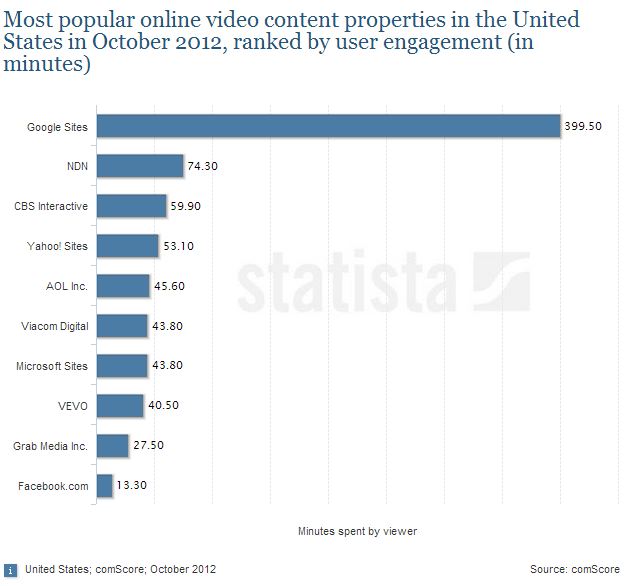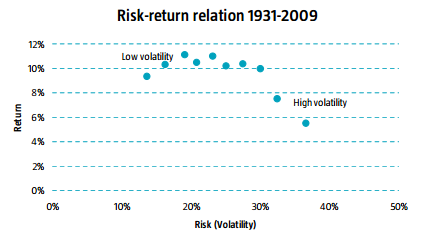by Michael Tarsala
 The euro’s decline to a two-year low relative to the dollar this week is already affecting earnings, and it may have implications for Covestor investment model managers in the coming quarters.
The euro’s decline to a two-year low relative to the dollar this week is already affecting earnings, and it may have implications for Covestor investment model managers in the coming quarters.
The euro is down nearly 18% from April highs and could soon challenge six-year lows set in June 2010.
The move affects far more than just holiday travelers: Negative currency translations are yet another hurdle for large cap U.S. multinationals this earnings season.
And there are plenty of worries already: It’s the worst earnings warning season since late 2008.
Should the euro continue its slide, it’s an earnings concern that could linger over the latter half of the year.
Mitch Jones of the Price Momentum model says new austerity measures in Spain and an overall decrease in spending in Europe will result in less revenue for the multinationals, which must now translate their European revenues back into far stronger U.S. dollars.
In addition, a falling euro adds to the pain of US companies by directly reducing profits on exports to Europe.
For that reason, he recommends reducing holdings of U.S. stocks with exposure to the Euro zone.
Mike Arold of the Technical Swing model notes that the Dow Jones Industrials underperformed the Russell 2000 in June. He suggests that large-cap stocks’ exposure to the European economy and the euro currency are largely the reason.
“Based on this dollar/euro strength differential, there should be pressure on large cap U.S. companies in the next months,” Arold said. “Sure, currency certainly affected stock prices before this. But it’s going to be in the headlines, and investors will be watching the direction of the dollar, and that will affect price-performance of the large-cap stocks.”
One group that may benefit, though, is the large European multinationals that have a large percentage of revenue outside the euro zone.
For that reason, he says he has stocks including Siemens and ABB on his watch list, and is waiting for better technical risk-reward to make a purchase.
 Here is what Covestor manager John Gerard Lewis of the Stable High Yield model had to say about currency fluctuations and second-quarter earnings:
Here is what Covestor manager John Gerard Lewis of the Stable High Yield model had to say about currency fluctuations and second-quarter earnings:
Investors who buy U.S. multinationals to gain international exposure must understand that such diversification is accompanied by currency risk. Almost half of the revenue for S&P 500 companies comes from outside the U.S., and those firms suffer profit hits when the dollar strengthens.
U.S. companies are often criticized for blaming currency fluctuations for adversely affecting results, but they shouldn’t be. Second quarter earnings are expected to come in about 1% weaker than in the same period a year ago, due largely to economic slowdowns in China and Europe, but also because of a weakening euro. Exchange rates are a legitimate P&L factor for multinationals. Of course, these same managements should also cite them when a weaker dollar boosts profits, and we don’t always hear them doing that.
Investment managers need to be cognizant of companies that have significant exposure to exchange rates. It’s a factor that, for very large companies, can alter annual revenue by billions of dollars.
Of note, the Stable High Yield model has large exposures to stock groups that are less affected by the euro than the S&P 500. More than 40% of it is comprised of mortgage real estate investment trusts, or mREITS. These investments arbitrage short-term and long-term mortgage securities and are required to distribute 90% of their profits in dividends.
You can read more about mREITS here.


